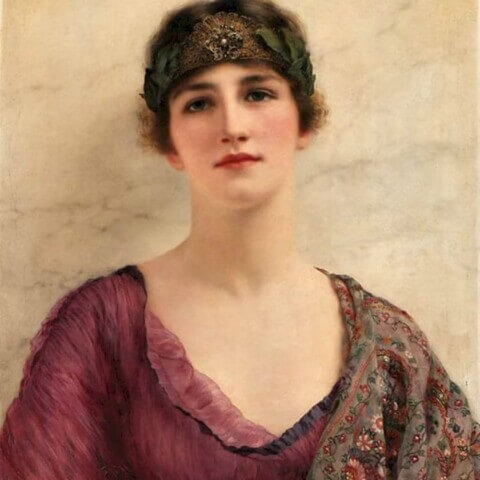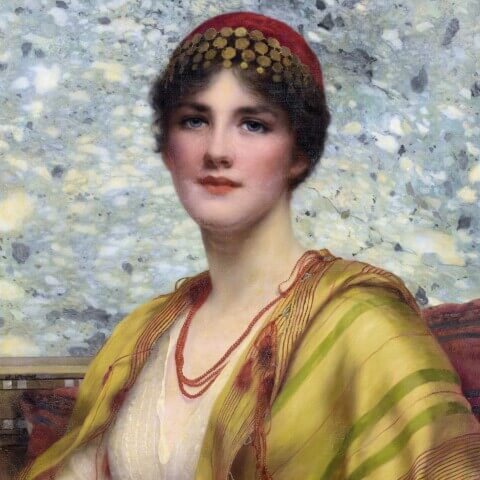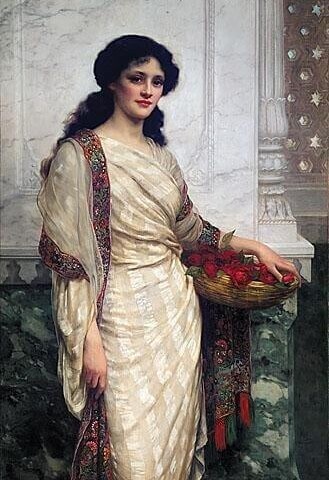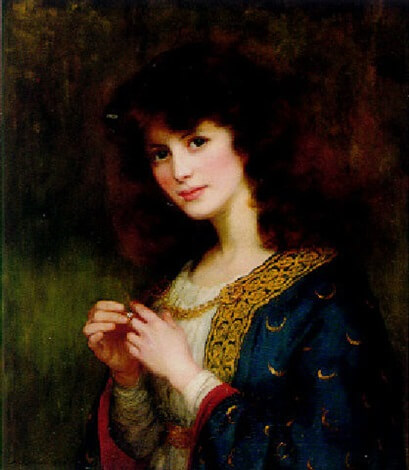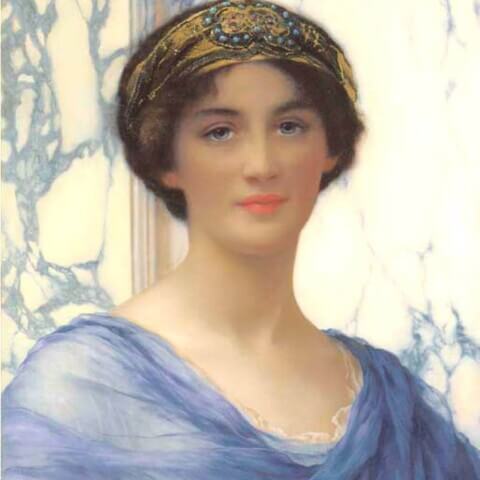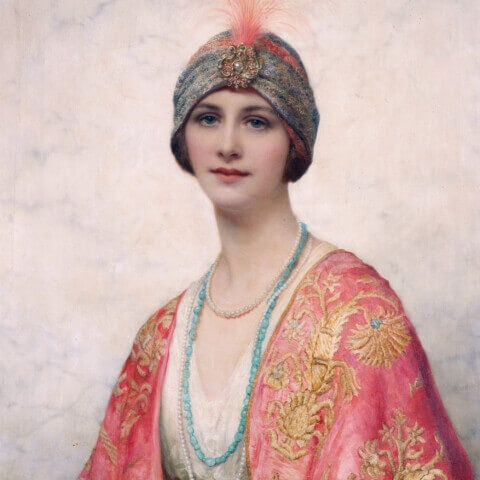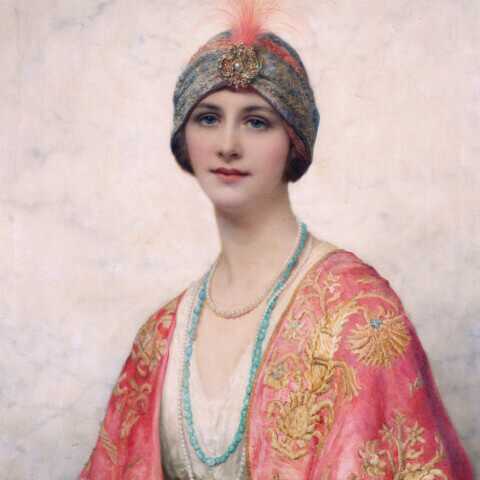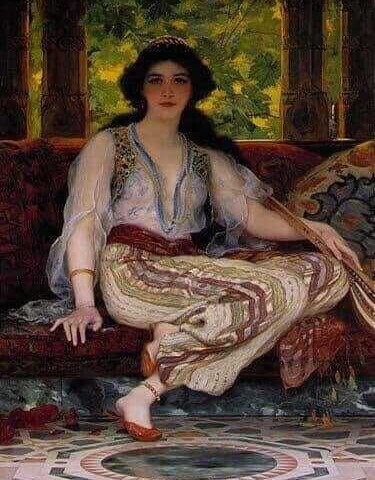William Clarke Wontner
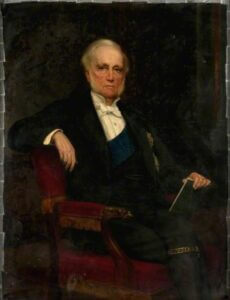
William Clarke Wontner (1857–1930) was a renowned British portrait artist, widely recognized for his elegant and stylized depictions of beautiful women. He was an adherent of the later phase of the Pre-Raphaelite movement and was deeply influenced by the works of his contemporary, Sir Lawrence Alma-Tadema.
Born into a family of artists, Wontner received initial artistic guidance from his father. His style evolved to create romantic, dream-like paintings, incorporating intricate detailing of fabrics and ornate accessories that were characteristic of the Pre-Raphaelites.
Throughout his career, Wontner became known for his exquisite portraits of young women, often painted in classical settings and themes. These were not mere reproductions of antiquity, but Wontner’s unique vision of classic elegance and feminine beauty. His subjects were often adorned in soft and flowing draperies against a background that highlighted their ethereal beauty and grace. He possessed a distinct flair for painting intricate textures, including marble, fur, jewels, and especially the sheen of silks and satins.
One of his most well-known works, “The Jade Necklace,” encapsulates his talent for capturing the delicate play of light on fabric and his attention to minute details.
Wontner’s paintings gained much popularity in his lifetime and were frequently exhibited at the Royal Academy in London. Although his style was considered out of step with the avant-garde trends of the late 19th and early 20th centuries, Wontner remained committed to his aesthetic and contributed to the legacy of the Pre-Raphaelite Brotherhood.
Despite being lesser-known today, Wontner’s art continues to captivate audiences, particularly those with an appreciation for classical beauty and Pre-Raphaelite art. His work continues to be exhibited in galleries worldwide, a testament to his enduring contribution to the world of art.


